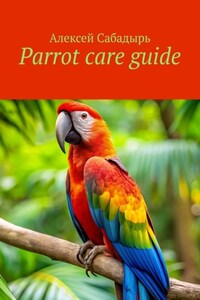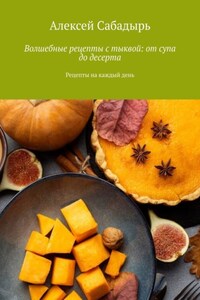Parrot care guide
Since the earliest times when parrots were domesticated by humans, these brightly colored and lively birds have been objects of curiosity and admiration. Their colorful plumage and intelligent eyes attracted people’s attention, and they became popular pets. In this chapter, we will look at the history of parrot domestication, their role in society, and how they became an integral part of home life. We will learn which types of parrots were preferred for pets, and how they were tamed for human companionship.
Chapter 1: Parrot history
The history of parrots began thousands of years ago in the tropical forests of Africa, Asia, and South America. It is believed that parrots appeared on earth more than 55 million years ago, making them one of the oldest bird species.
Parrots were among the first birds to be domesticated by humans. Ancient cultures such as the Egyptians and Indians trained parrots to be used as ornamental objects and pets. Their colorful feathers and variety of colors made them objects of admiration and adoration in various cultures.
With the development of seafaring and trade, parrots became popular objects of trade and exchange between countries. In the past, parrots were luxurious and expensive gifts for royalty and high society. They were brought from distant lands as exotic pets, which made them popular in the culture of various people.
Today, parrots continue to be one of the most popular pets, their external beauty, diversity, and smart business skills attract the attention of bird lovers. Parrot breeding has also become an industry with certain rules and standards, which allows people to get healthy and beautiful birds for their homes.
Type: hyacinth macaw
Abilities: talkative, able to imitate sounds, have bright colors and can live up to 50 years.
Type: yellow-bellied cockatoo
Abilities: very smart and quick-witted, able to learn complex behavioral exercises and speak human speech.
Type: cockatiel
Abilities: bright, sociable birds, able to learn various tricks and imitate sounds.
Type: african grey parrot
Abilities: Very smart and have a good ability to learn. They can remember various sounds, including human speech, and also learn new tricks.
Type: rainbow lory
Abilities: Brightly colored and intelligent, they can be trained to respond to commands and imitate sounds very well.
Chapter 2: Choosing and purchasing a parrot
Buying a parrot is a serious and important step that requires careful preparation and research on the different types of birds, their living conditions, and the responsibilities of ownership. There are several key points to consider before deciding to buy a parrot.
Choosing a parrot species:
First and foremost, it is important to decide on the type of parrot you want. There are many different types of parrots, each with unique characteristics and needs. For example, Amazon parrots, macaws, canaries, cormorants, and chimes are just a few of the many types of parrots available for purchase. Therefore, it is important to research each type to ensure you choose one whose needs and personality suits your needs.
Purchase decision:
Once you have chosen the type of parrot, you will need to decide where and from whom you will purchase it. You can seek advice from pet stores, nurseries, professional breeders or animal welfare organizations. It is important to make sure that the parrot is purchased legally and that it is healthy.
Preparing for the purchase:
Before you bring a parrot into your home, you need to prepare a place for it to live. This can be a cage or an aviary. You should also purchase all the necessary equipment – food, toys, a water bottle, sand, bringing it as close to its natural habitat as possible.
Price and budget:
Caring for a bird requires constant care and financial costs. The cost of the bird itself, food, accessories, veterinary services, and many other costs should be taken into account before purchasing the bird.
Chapter 3: Proper nutrition and diet for a parrot
Parrots are birds that require special attention to nutrition and diet. Proper nutrition plays an important role in maintaining the health of the bird and providing it with the necessary nutrients.
A parrot’s diet should be varied and balanced. The basis of the parrot’s diet is made up of grain crops such as millet, buckwheat, wheat, oats and corn. In addition, the parrot’s diet should include vegetables and fruits such as carrots, cabbage, apples, pears, peaches and berries.
It is also important to note that parrots prefer fresh products, so it is necessary to regularly provide them with new vegetables and fruits. When choosing products for a bird, you should avoid those that could ut be dangerous to its health, such as avocado and chocolate.














